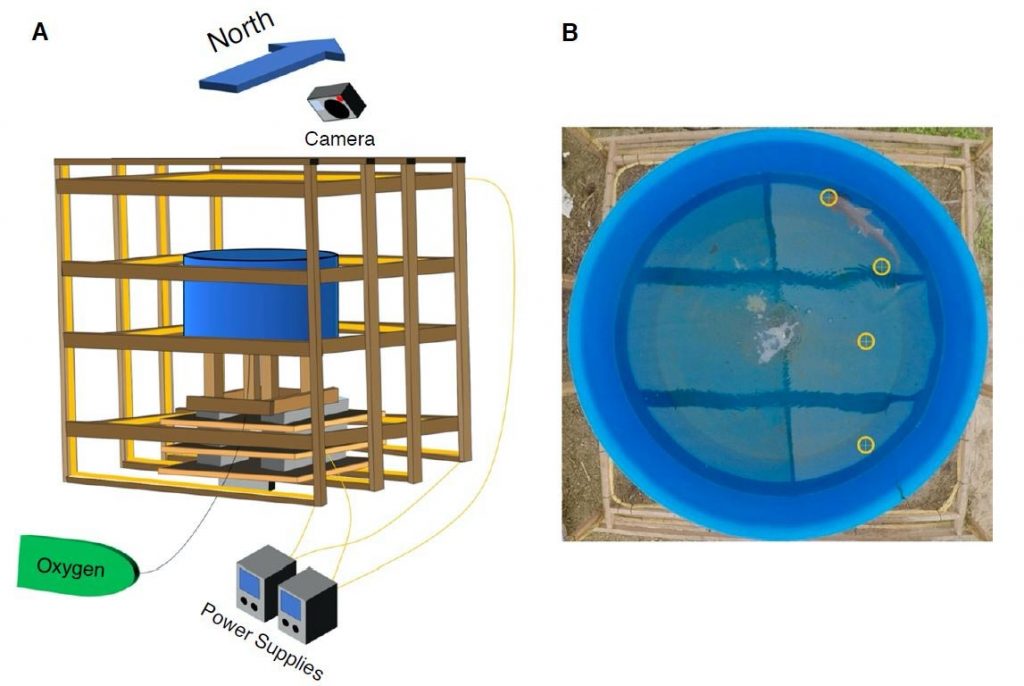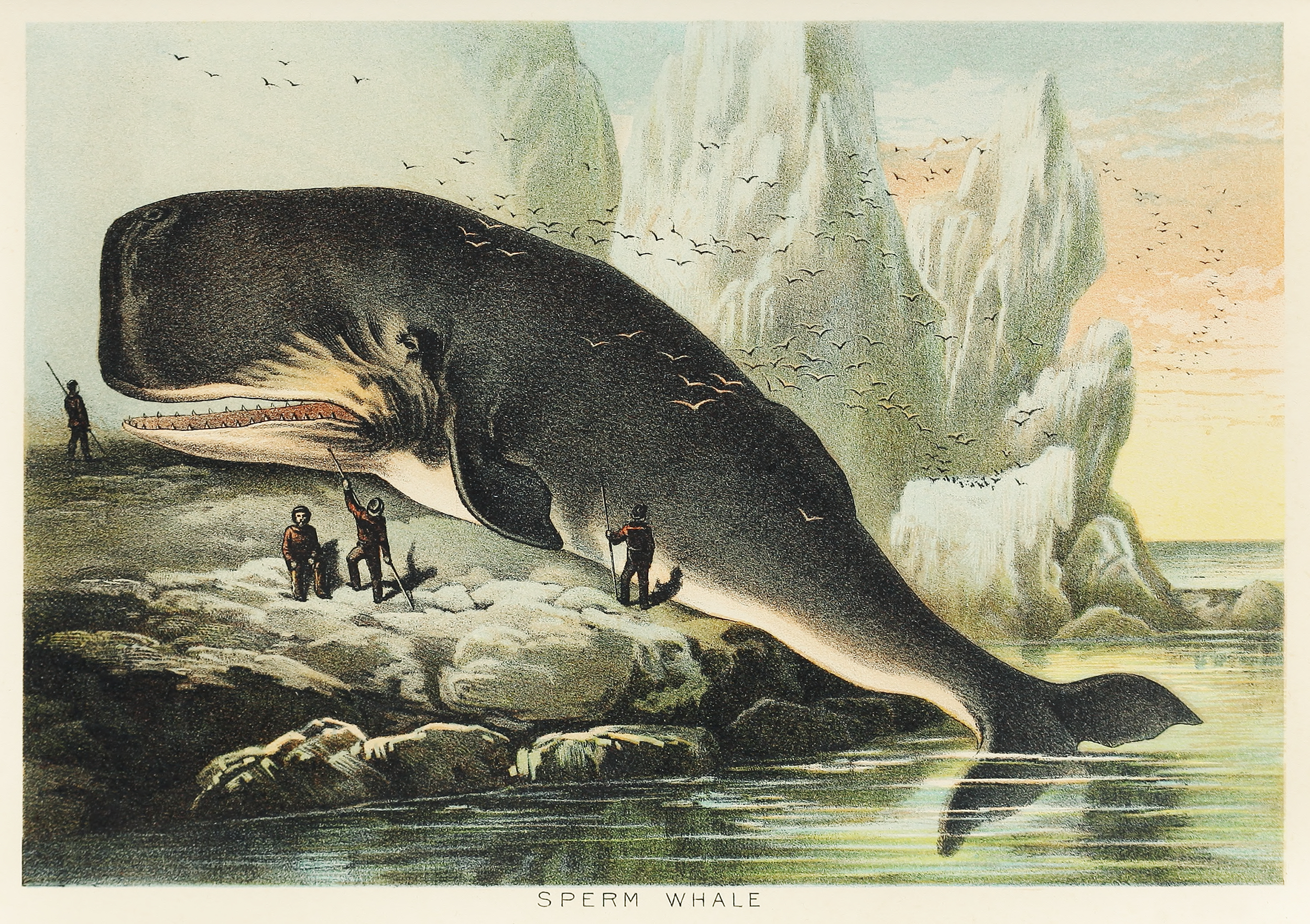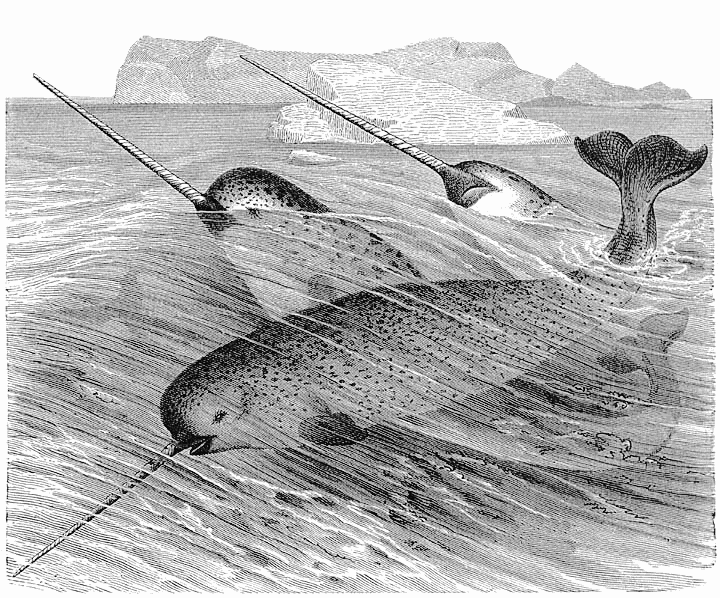How are sharks able to migrate so precisely over long-distances in the ocean? This question has long puzzled scientists. New research shows the magnetic way sharks use the Earth to navigate.
Keller et al. Map-like use of Earth’s magnetic field in sharks (2021). Current Biology.
DOI: 10.1016/j.cub.2021.03.103
Navigating the Sea
Can you drive without your GPS? How about navigating to a specific location thousands of kilometres away? Sharks often spend their lives in habitats that span thousands of kilometres throughout the ocean. Sharks migrate to different locations or return to precise locations, including their own ‘homes’. Scientists have long been puzzled by how sharks navigate to the same spot year after year with multiple ocean obstacles along the way.
Sharks are known to have electrosensory organs, called Ampullae of Lorenzini, which can sense the Earth’s magnetic field. The Earth’s magnetic field is generated by electric currents deep within the earth’s core that pass out through the earth and into space. This magnetic field can be imagined as a giant magnet through the centre of the Earth that helps to protect the Earth from solar wind and radiation. This also relates to the North and South Magnetic Poles, which are useful for navigation with compasses, and also for a shark!

Shark Smarts
To challenge the GPS of a shark, scientists captured 20 juvenile bonnethead sharks from the Gulf of Mexico off Florida, USA. Bonnethead sharks are a coastal shark that are known for their hammer-style head. They were chosen because they have ‘homes’ in estuaries which they return to throughout their lifetimes after migrating south each winter. Bonnetheads were also chosen because of their size – at under 2 feet long, these sharks are easier to study than a great white. The sharks were kept at the Florida State University Coastal and Marine Lab and exposed to magnetic conditions in tanks to replicate certain Gulf of Mexico areas.
Scientists used “Merritt coils,” wooden boards wired with copper in the shape of a cube, which can manipulate the local magnetic field and simulate it (see figure A below). Sharks were kept in tanks and recorded with GoPro camera’s from above (see figure B below). By adjusting the power to the Merritt coils, scientists could artificially generate different magnetic situations for the sharks.
The first magnetic field emulated the sharks’ initial capture site or ‘home’. The second was approximately 600 km south of the capture site, and the third was roughly 600 km north of the capture site. Each of these areas have stronger or weaker magnetic fields and could be mimicked by scientists. Could the sharks orient themselves in this experiment and find out which way to swim? Could they find home? If they did, it would show that they were using magnetic conditions as navigational tools.

Finding Their Way Home
The bonnethead sharks were able to orient themselves northward when conditions mimicked a position 600km south of the capture location. Therefore, they were trying to swim northward to get back to where their home would be. When the sharks were started at the initial capture site, or ‘home’, they stayed put. This suggests that the sharks were using the magnetic field to guide them, similar to how humans use GPS.
Sharks have been documented to swim home even when thousands of kilometres away, with white sharks migrating over 20,000 km per year! In this study, scientists found that sharks are able to do this because they use the Earth’s magnetic field in two ways. First, as a map which provides spatial information and secondly, as a compass, which allows them to maintain a specific direction. More research is needed to determine if this is a learned behaviour or an inherited one.
Sharks and rays have been declining at an alarming rate due to mostly overfishing and habitat change. In the near future, humans could disrupt magnetic fields with offshore wind farms or turbines which may impact sharks. Studying the life cycles and migration patterns of sharks can help us understand what areas to protect when managing marine spaces.

I have always been happiest in nature – exploring forests, traveling to the ocean, or working with wildlife. After obtaining my MSc in Marine Environmental Management at the University of York, I have worked in conservation and marine science around the world. I have a special affinity for corals, cuttlefish, and cetaceans.
The sea, once it casts its spell, holds one in its net of wonder forever. – Jacques Cousteau



That is very interesting. It made me think of migratory birds. How valuable and unique are the wild mysterious creatures on our blue planet.